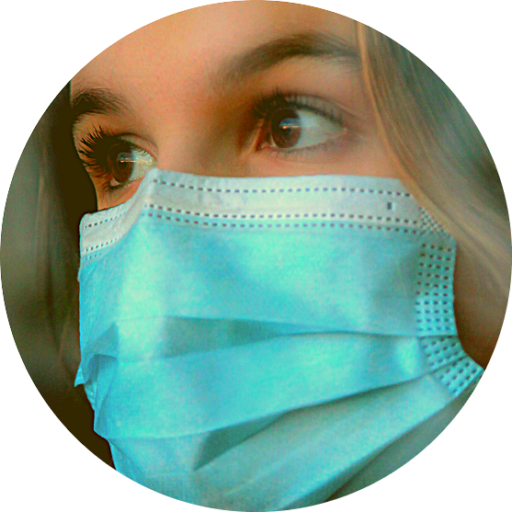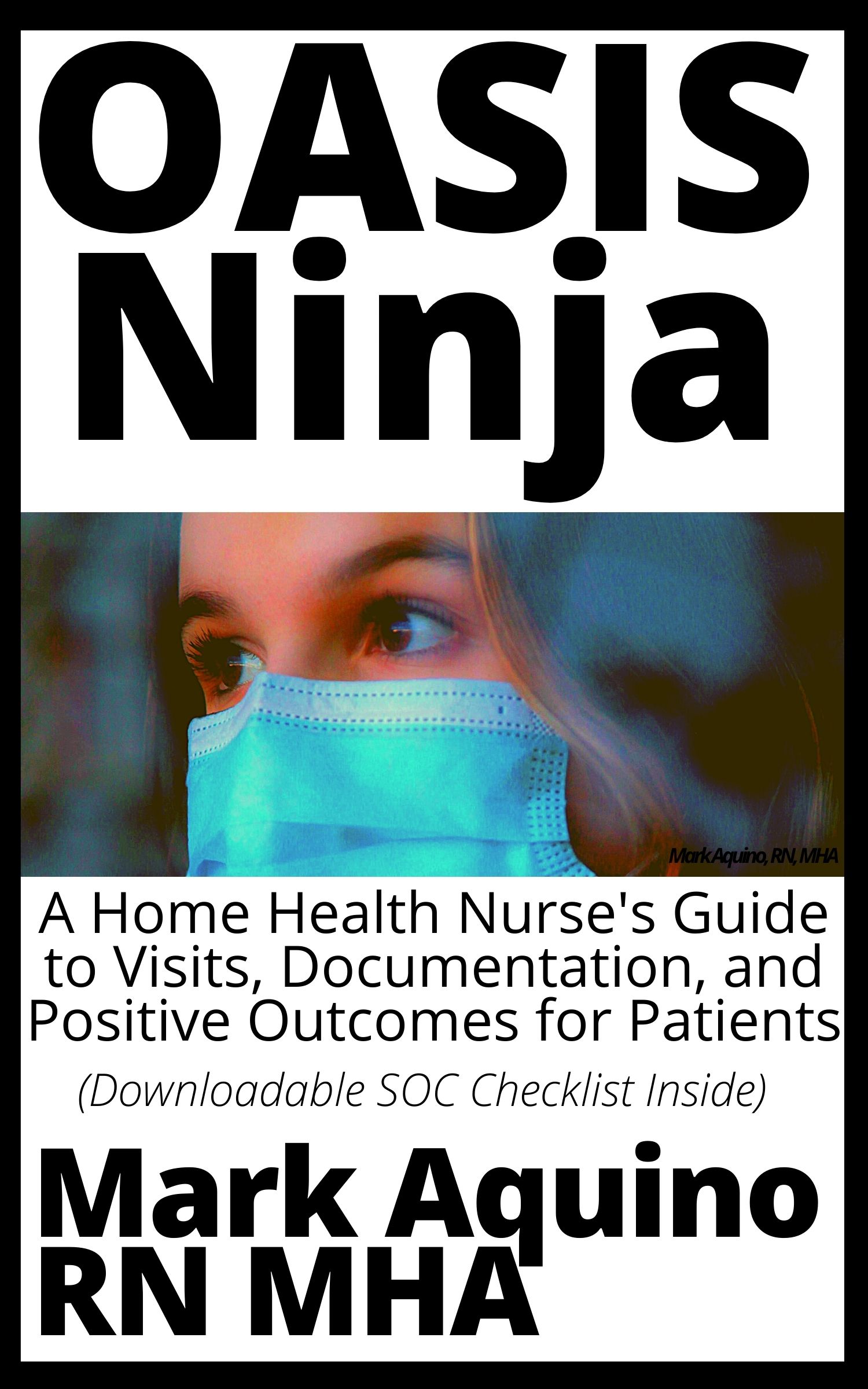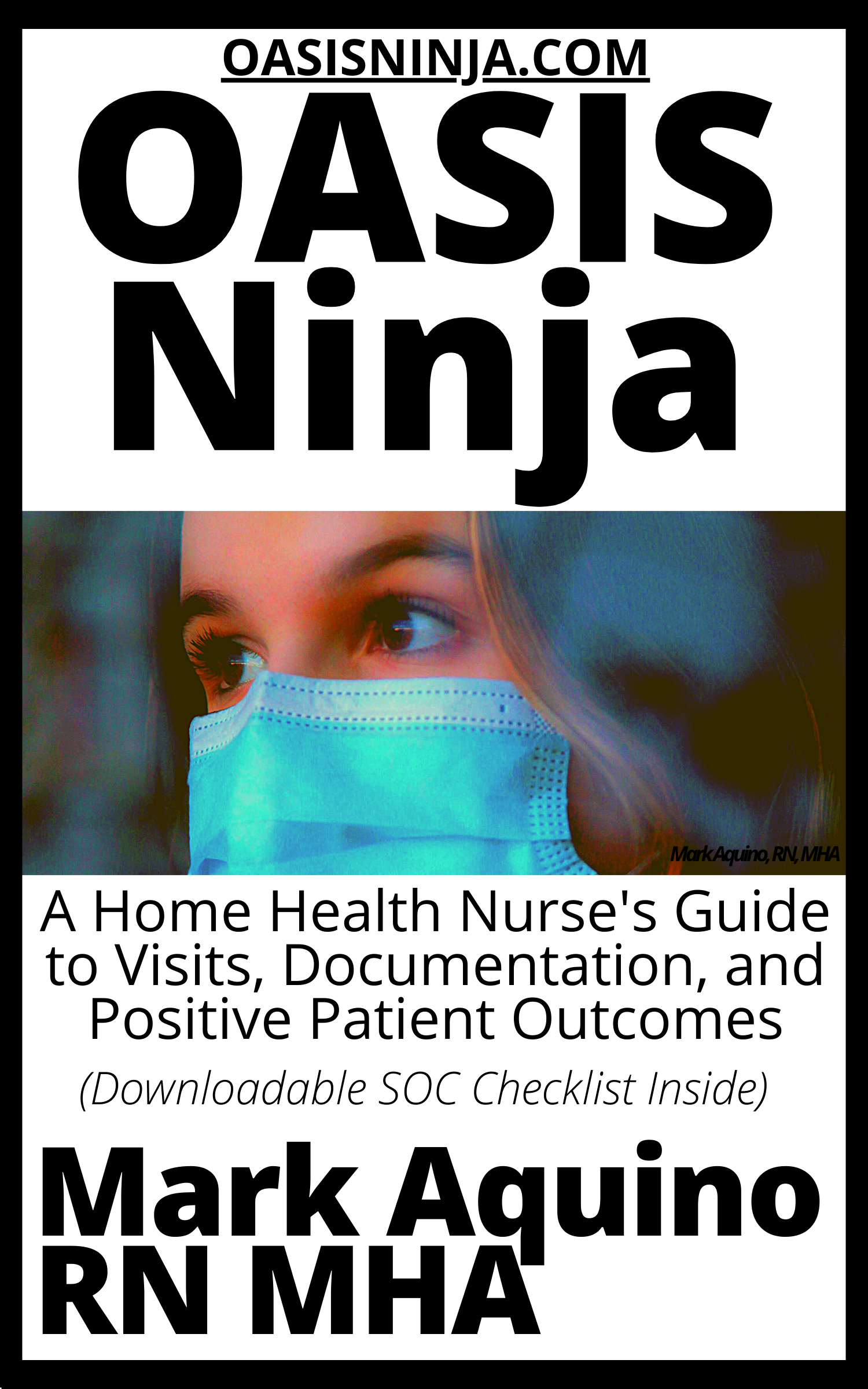Author: Mark Aquino
-

Chapter 20 – Pharmacology – Medications to Review
A sound understanding of pharmacology is essential for nurses. This will ensure minimal errors. Nurses are expected to administer the correct medications to the right patients or teach the patient or their caregivers proper administration techniques. Proper knowledge of pharmacology will enable them to correctly assess patients. This knowledge greatly contributes to the minimal errors…
-

Chapter 19 – Pathophysiology – Importance in Home Health
The three Ps of nursing education – Pathophysiology, Pharmacology, and Physical Assessment – are all incredibly important aspects of nursing. This section explains how each P affects students’ ability to perform physical examinations. By providing a hands-on approach, the nurse integrates the three Ps into a holistic approach that helps them develop a deeper understanding…
-

Chapter 18 – How to Read a History and Physical Examination (H&P)
An H&P is a written report of a patient’s health condition. A H&P can vary in length, depending on the clinical situation and complexity of the case. The optimal length of an H&P allows the physician to clearly communicate the facts and emphasize the reliability of the information provided. The first part of the report…
-

Chapter 14 – Nontherapeutic Communication – What to Avoid
There are many types of nontherapeutic communication techniques including False Reassurances, Overloading, and Judging. These can be harmful, as they suggest that the nurse knows best. Instead, therapeutic communication techniques should focus on asking good questions, guiding, and listening to the patient’s needs. False Reassurances There are many nontherapeutic communication techniques, but one technique is…
-

Chapter 22 – Driving Safety For Home Health Nurses
The need for in-home care is increasing, thanks to a booming aging population and fear of contagion. Many people also want to age in place, and that means home health nurses are in high demand. However, home visiting nurses pose a significant risk to themselves by entering patients’ homes, so they must be particularly vigilant…
-

Chapter 16 – Time Management For Nurses – Effective Use of Time
How Time Management Can Help You Get More Done in Less Time Learning effective time management can help you get more done while managing stress at the same time. Time management is the conscious use of time to achieve your goals. Incorporating strategies to maximize your time helps you get more done in less time.…
-

Chapter 17 – Improving Your Emotional Self-Regulation
A key component of managing your stress is emotion regulation. When our bodies experience high levels of stress, anxiety, or sadness, we must regulate our emotions so we can feel better. But this is easier said than done. If you suffer from emotional dysregulation, you may not be able to control your emotions. Primary emotions…
-

Chapter 15 – Stress Management for Nurses
Many factors can contribute to effective stress management for nurses. One of these factors is the role of friends and family members. In order to overcome stress, nurses should have the support of superiors, family members, and friends. An effective context for support can be created by authorities, such as providing adequate equipment, positive feedback,…
-

Chapter 13 – How to Use Silence Effectively – Intentional Silence
Intentional silence is an effective form of therapeutic communication. If you find yourself unable to say anything to your client, it can be helpful to let them be without interruption. It can be more effective than mindless talking, since silence gives you the opportunity to reflect on your thoughts and the situation. Often times, silence…
-

Chapter 12 – Importance of Active Listening
It is not just a good way to reduce conflict in the workplace, but also a great way to improve patient interaction. Active listening is essential in the nurse-client relationship, as it will allow you to gain clarity about the subject you are discussing and helps you gather the data you need. Improves communication Active…
-

Chapter 11 – Therapeutic Communication – Improving Therapeutic Communication
If you want to improve your patient’s safety and cooperation, you need to be more effective at therapeutic communication. Many times, ineffective communication can result in conflicting information, and patients may feel uncomfortable or apprehensive about certain things. The following tips can help you improve the quality of your communication with patients. By practicing these…
-

Chapter 10 – The Three Phases of the Nurse-Client Relationship
In the nursing profession, establishing a nurse-client relationship involves several phases. According to Peplau, the nurse-client relationship consists of four phases that are sequential in nature. These phases are called the orientation, working, and termination phases. The orientation phase is the first. In this phase, the nurse introduces himself to the client and explains the…
-

Chapter 9 – What is a SOAP NOTE – SOAP Notes for Physical Assessment
The SOAP note includes the subjective information from the patient. The introductory statement summarizes the patient’s description and chief complaint, and fleshes out the components of the problem. Throughout the ages, the acronym OLD CARTS has been used as a guide for the most important questions to ask during an examination. The objective portion of…
-

Chapter 7 – New OASIS Items and Retired Items
OASIS E-1 is a nationally implemented instrument that has 27 new items. This update will add several new items and make the entire tool more reliable. In addition, the new instruments will add more letters to the OASIS score, improving its validity and reducing the need for re-tests. OASIS-E is a nationally implemented instrument The…
-

Chapter 6 – What is OASIS E-1?
OASIS E-1 is one of the new standards set by OASIS. This certification will be given to individuals with a range of physical disabilities. It has multiple items with multiple letters, including questions on ethnicity, language, transportation, hearing, vision, and pain in activity. The new version will also remove the M item regarding pain during…
-

Chapter 5 – Changes to OASIS E-1 Documentation
There are changes to OASIS and how they may affect agencies and clinicians. Changes start after January 1, 2023. This section discusses validity, generalizability, and reliability. We discuss each of these aspects in more detail. Changes to OASIS The OASIS-E instrument is the next step in the implementation process. It will capture data for several…
-

Where to Recruit Staff for Home Health
One of the first questions you must ask yourself is where to recruit staff for your home health business. There are many places you can find staff for this industry, including community groups, nursing schools, job boards, and word-of-mouth recommendations. In addition, recruitment agencies charge an exorbitant fee for the services. If you’re looking for…
-

Chapter 25 – Head to Toe Assessment for Nurses
Head to Toe Assessment for Nurses Performing a head to toe assessment is an essential skill for nursing staff. Nurses are in a unique position to assess a patient’s overall health. Nurse examiners need to establish a rapport with the patient and verify his/her identity. They also need to assess the patient’s feelings and ensure…
-

Chapter 4 – Home Health and CMS (Centers for Medicare & Medicaid Services)
The Centers for Medicare & Medicaid Services are federal agencies within the U.S. Department of Health and Human Services that administer the Medicare program. They work with other federal agencies to ensure that people have access to health care. Quality control Among the many responsibilities of the Centers for Medicare & Medicaid Services (CMS) is…
-

Chapter 32 – Writing a SOAP Note for Registered Nurses
Writing a SOAP Note for Registered Nurses SOAP notes are standardized and organized patient progress notes that were initially developed in the 1960s by Lawrence Weed. Unlike a traditional note, SOAP notes help nurses and other health care providers to easily share patient information with other health care providers. SOAP notes contain four critical elements:…
